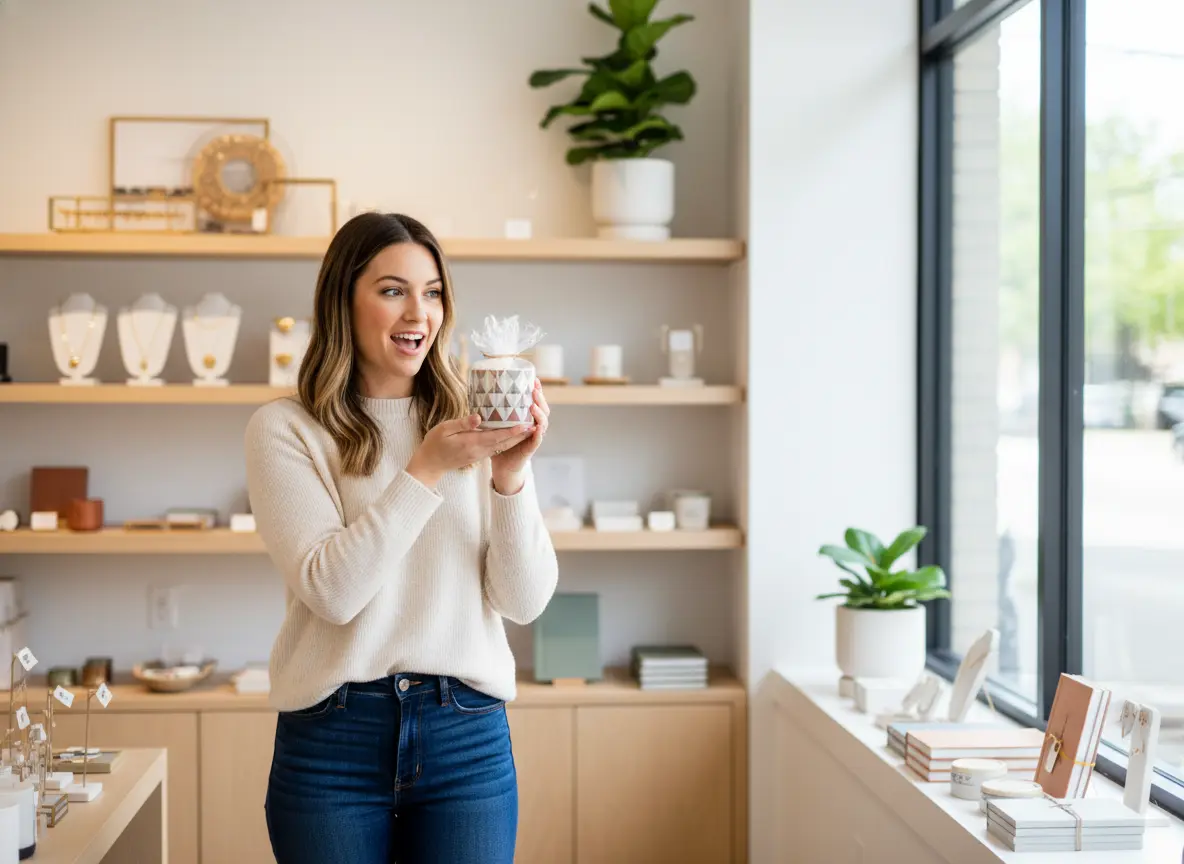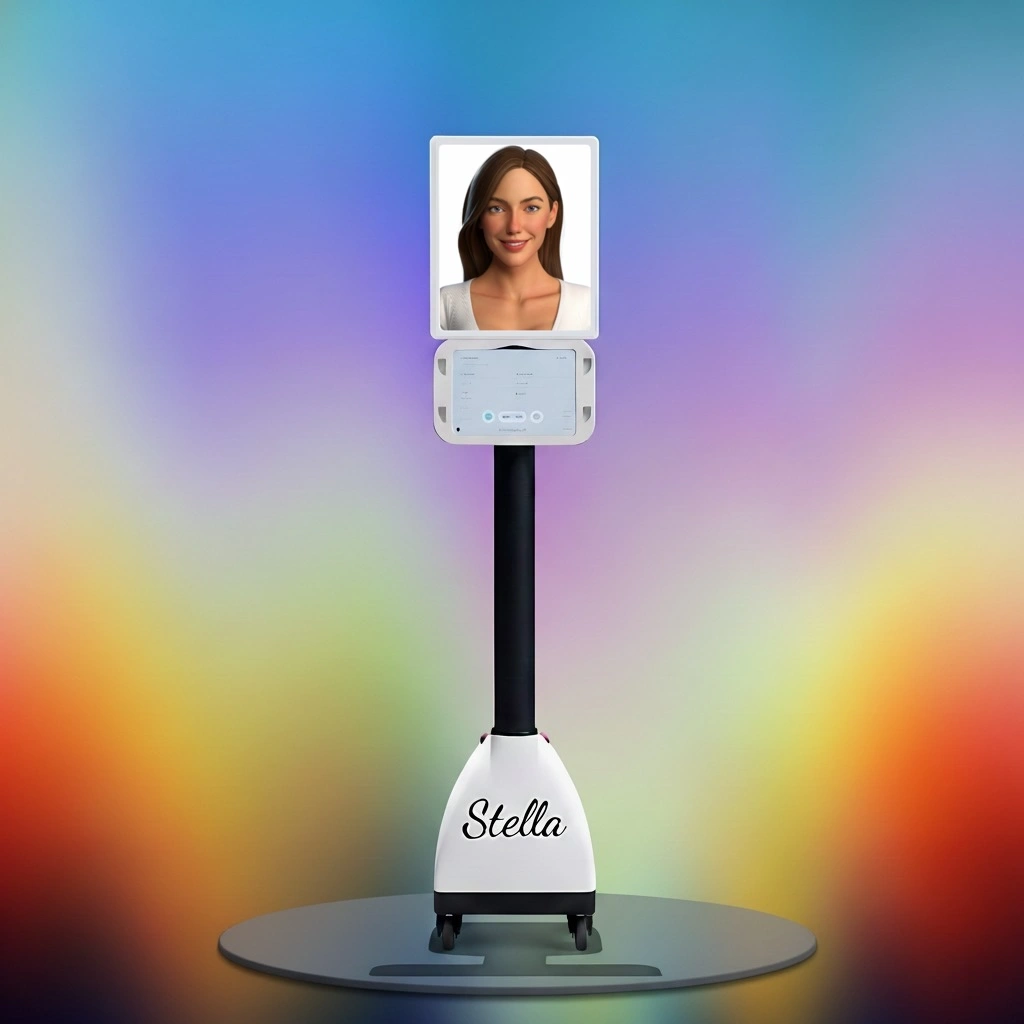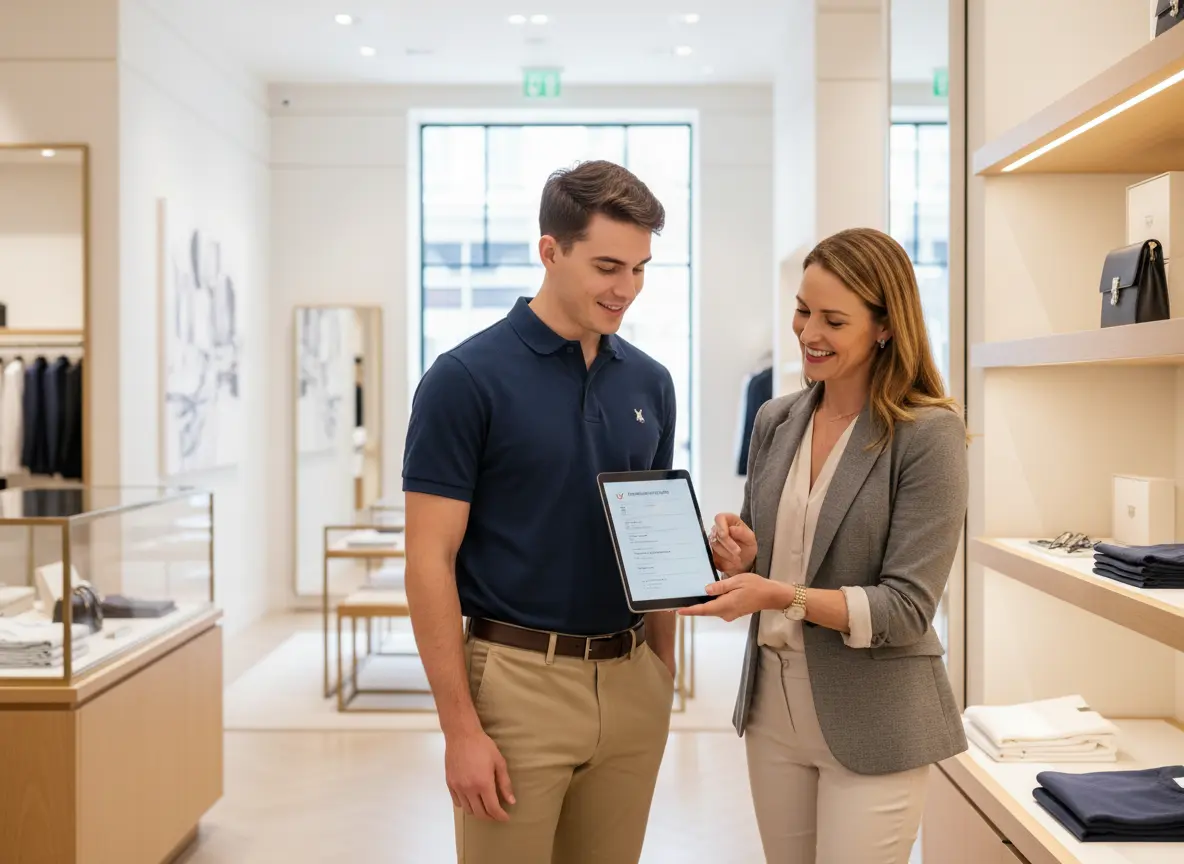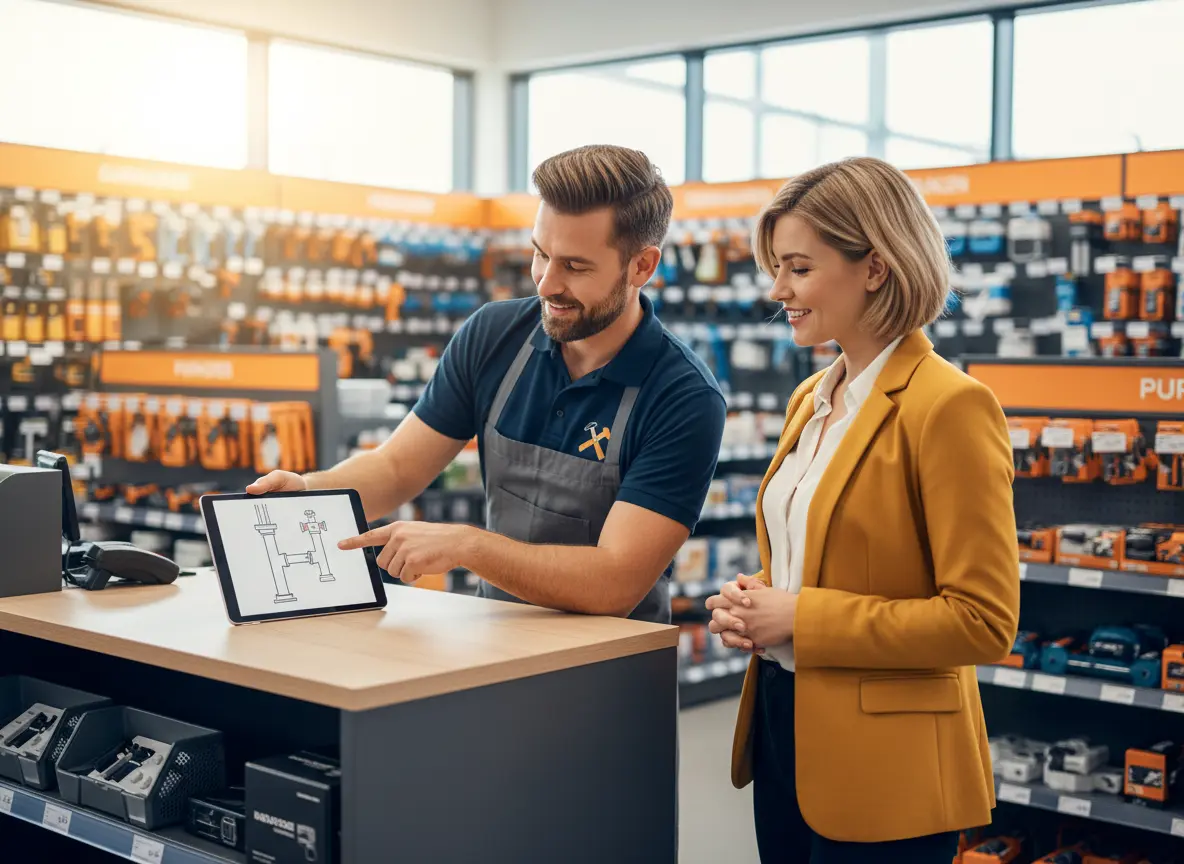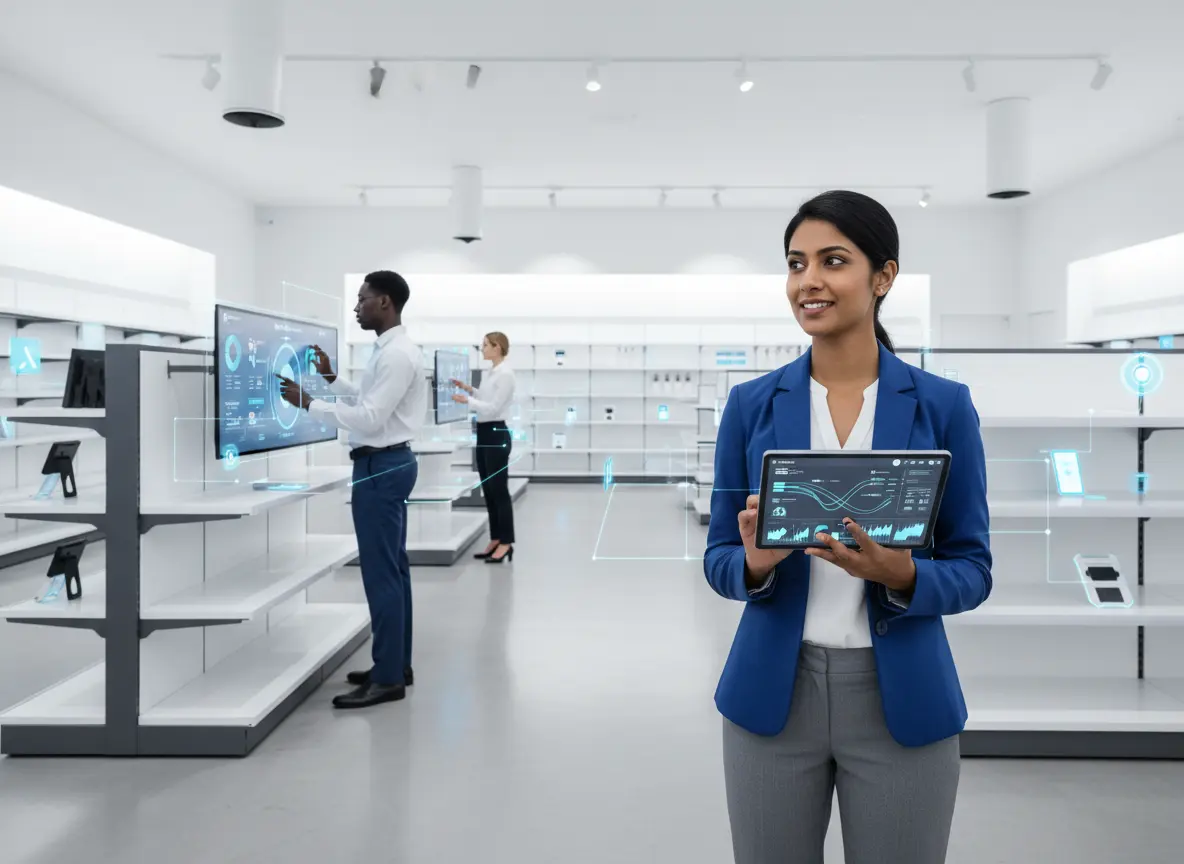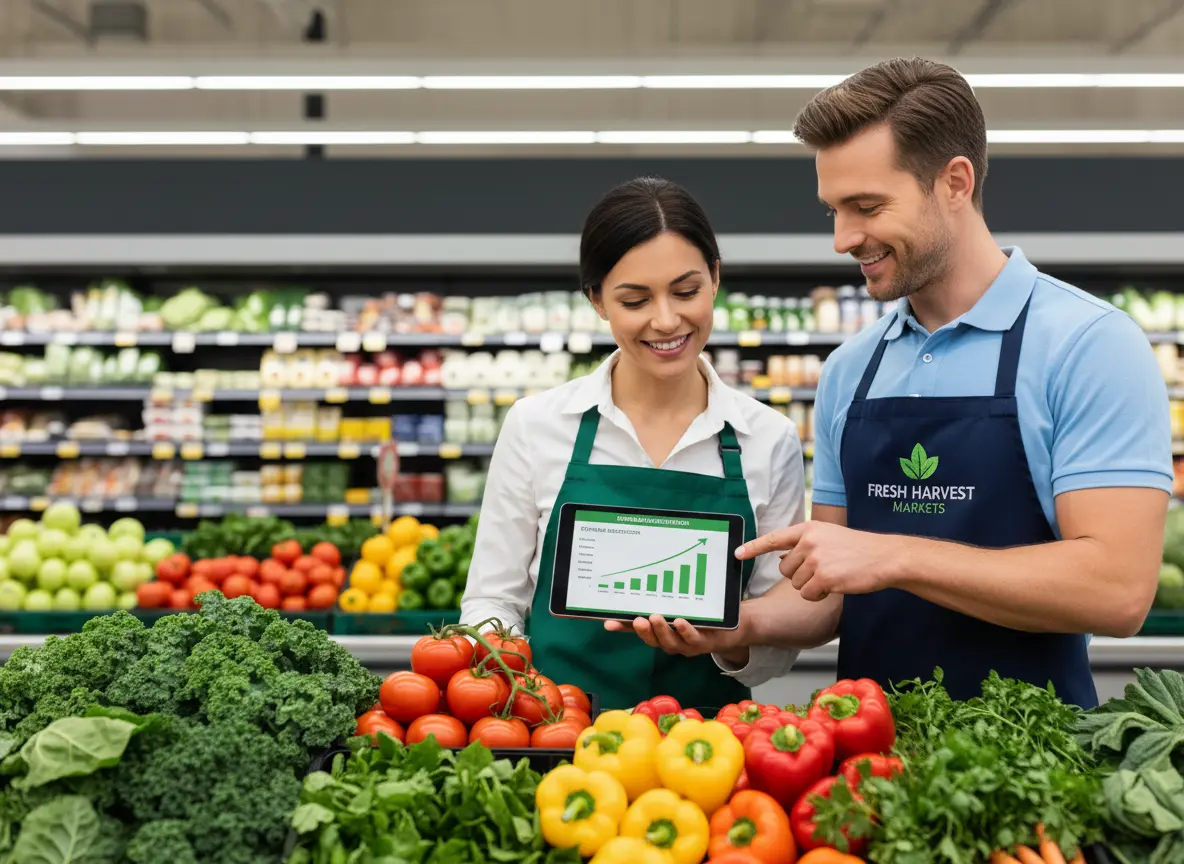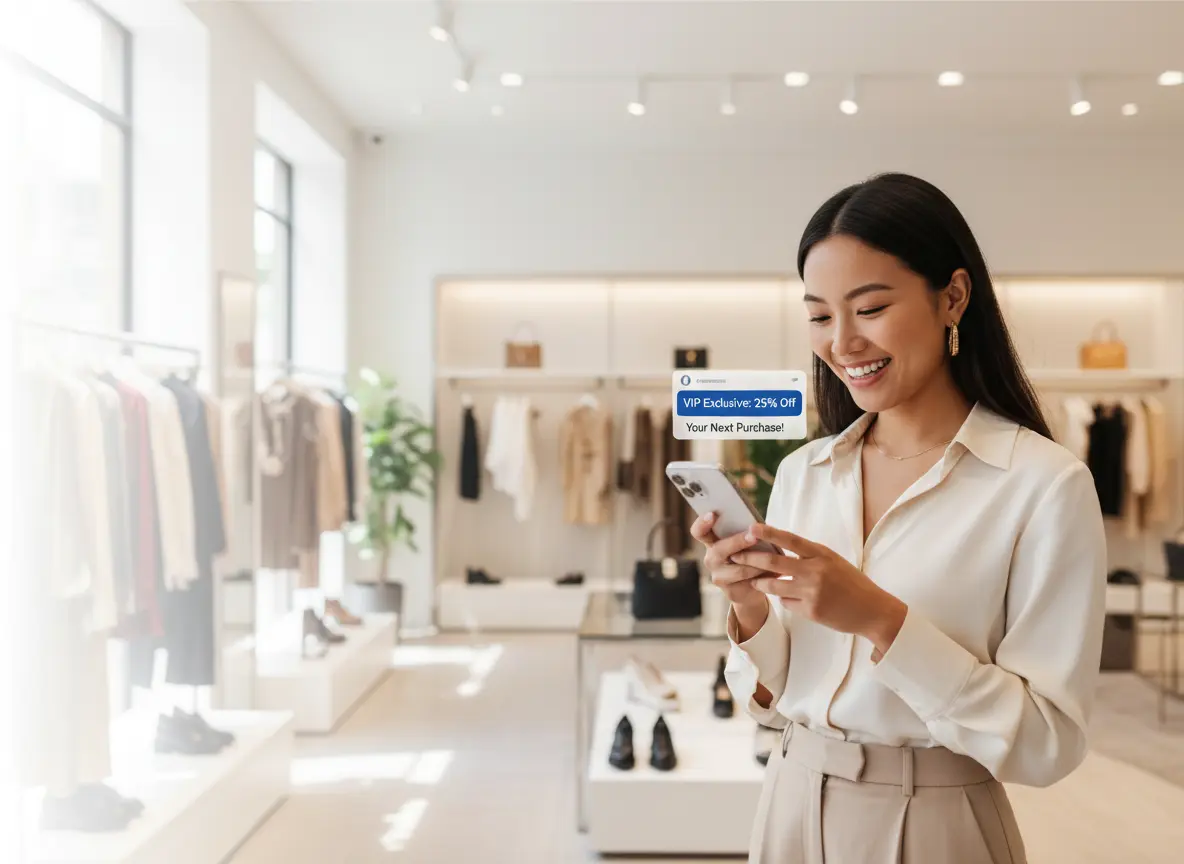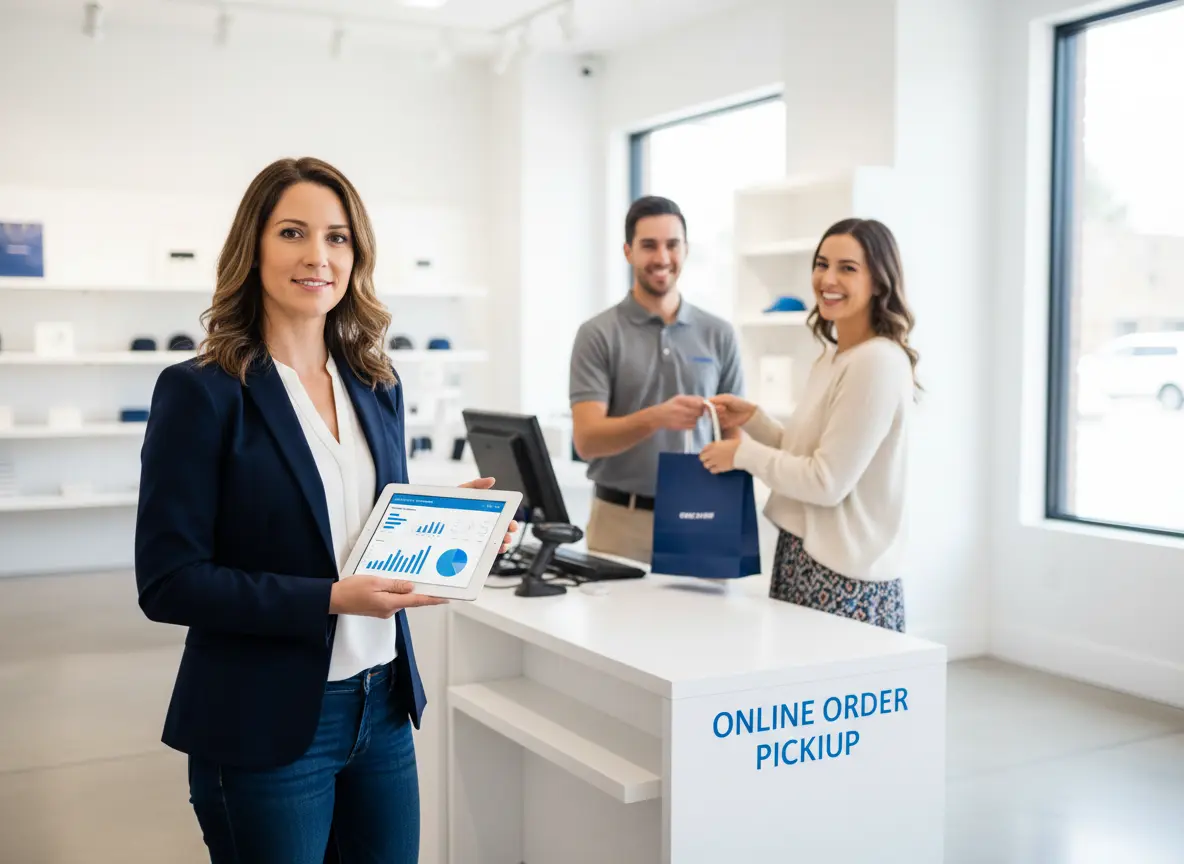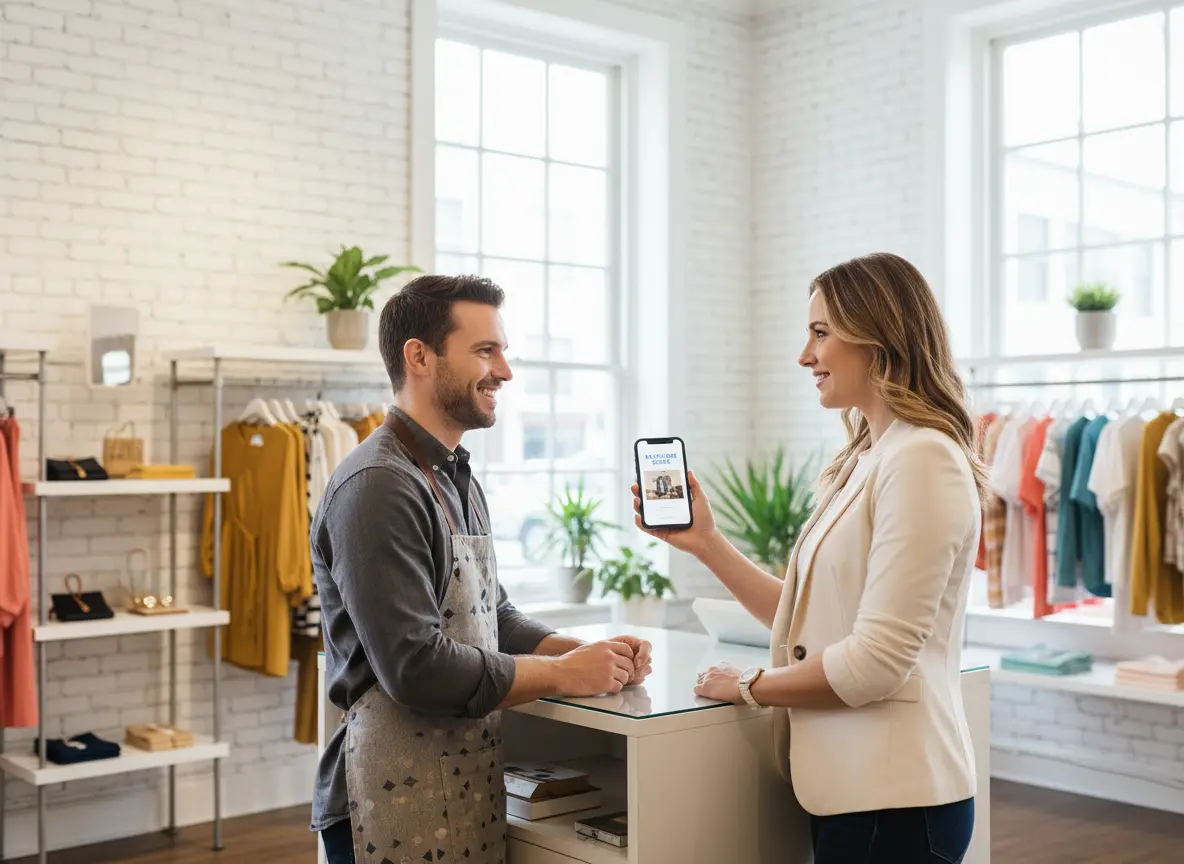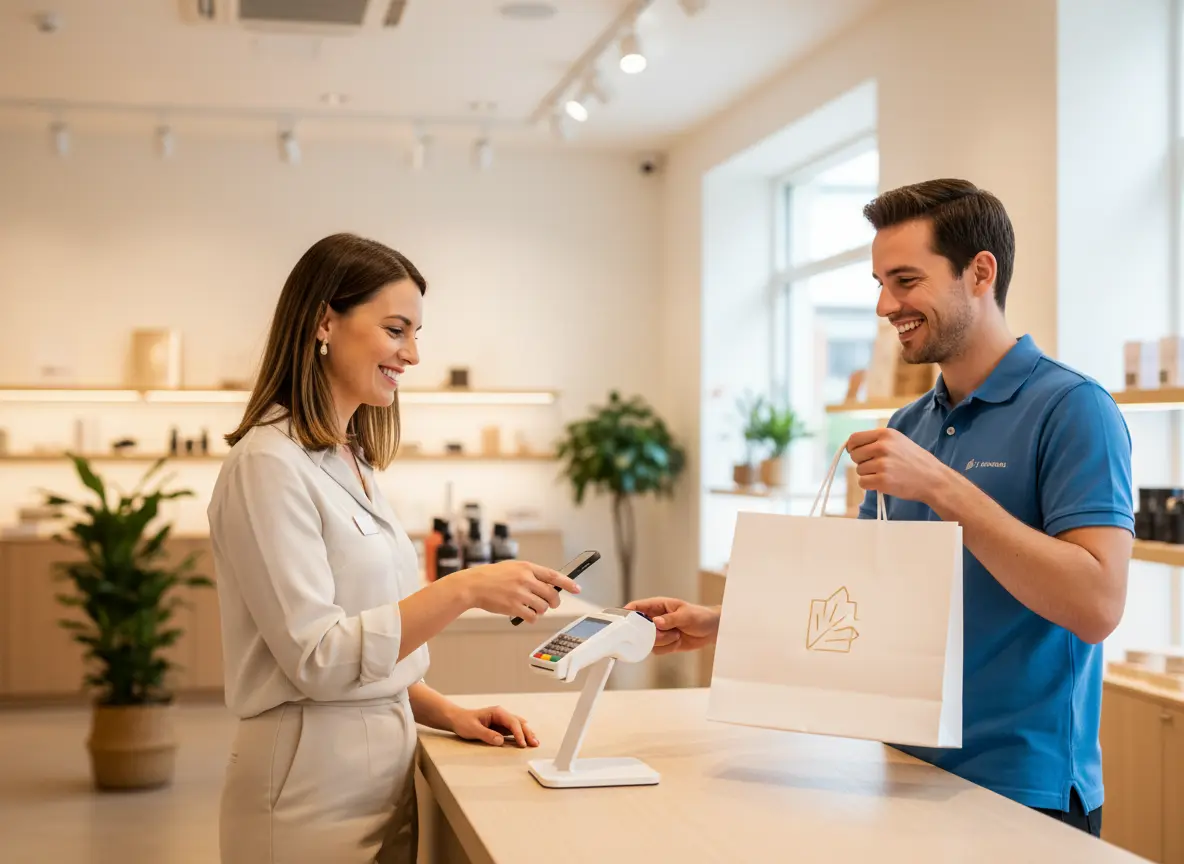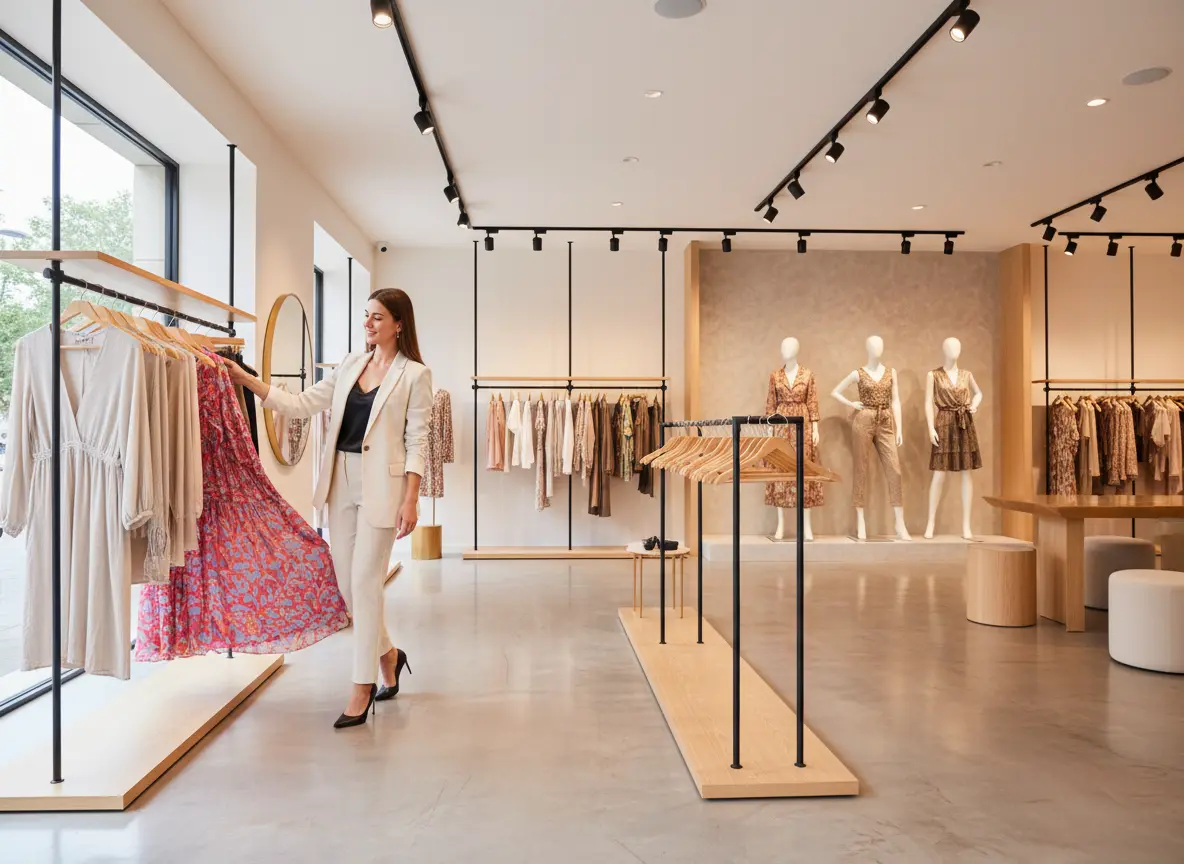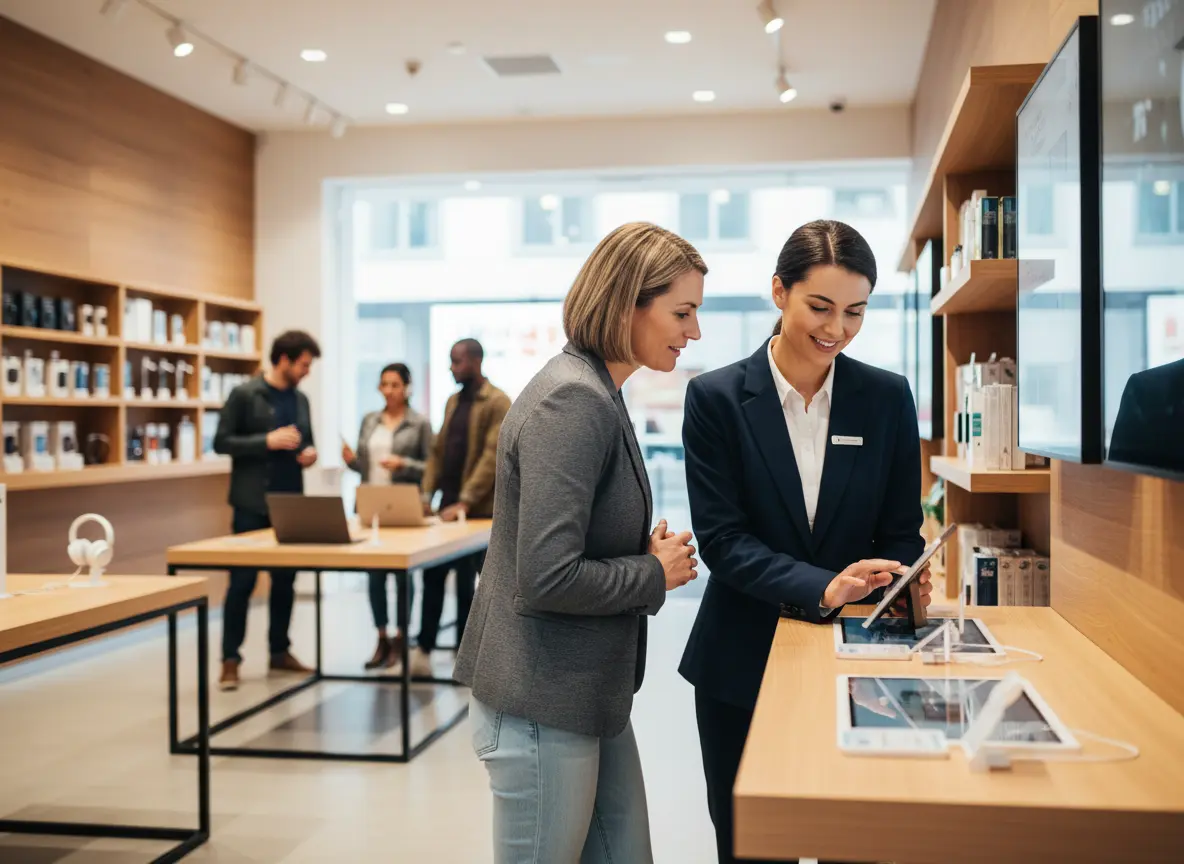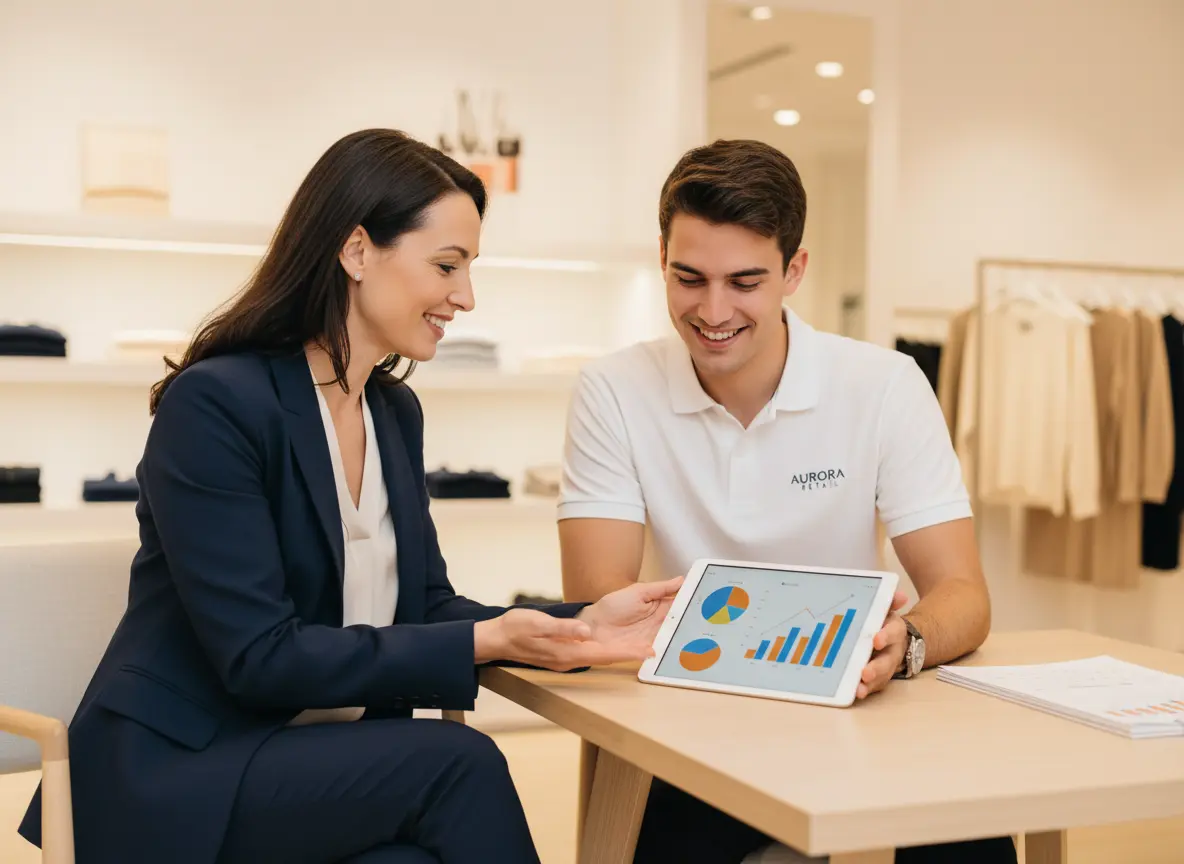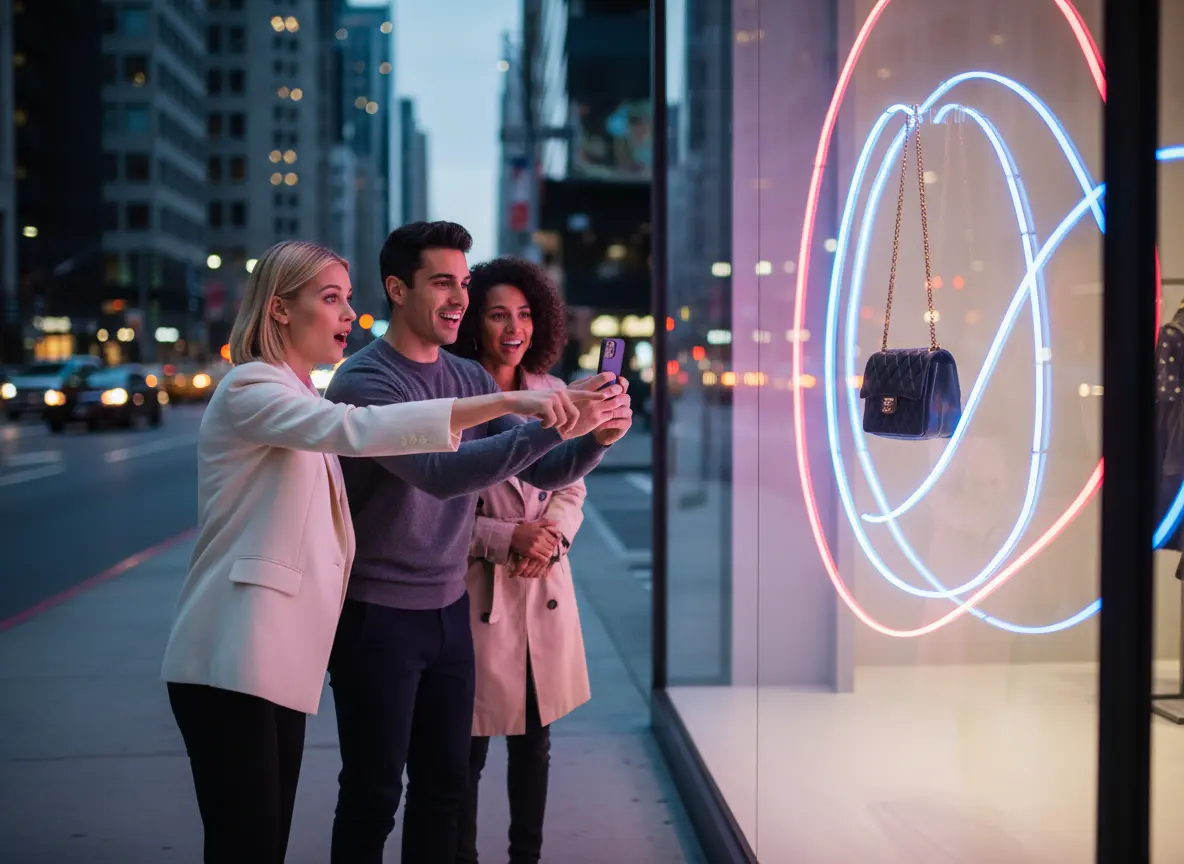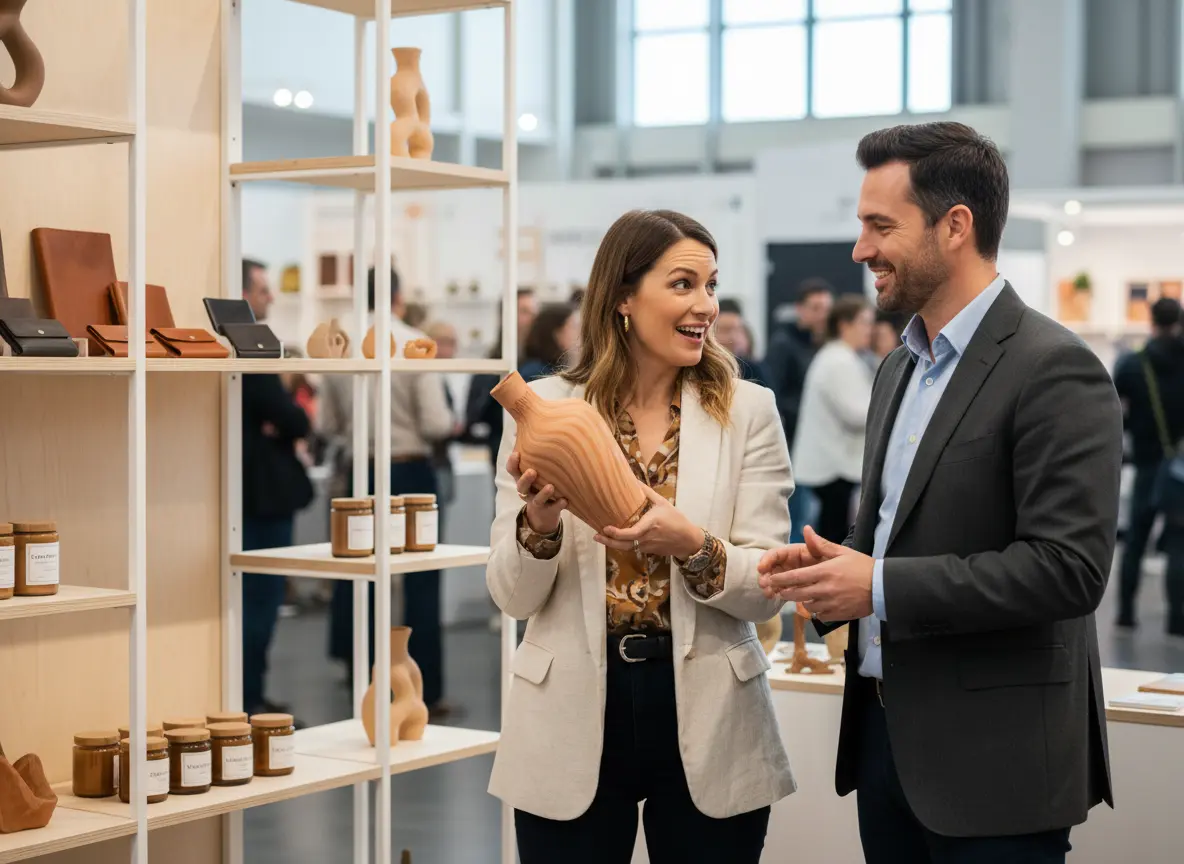Ah, the "Just Browser." A Retailer's Most Cherished... Nuisance.
You know the sound. The cheerful little chime of the shop door opening, flooding your heart with the promise of a sale. A customer wanders in, eyes wide with possibility. They glide past your carefully curated displays, pick up a handcrafted ceramic mug, admire it, and gently place it back down. They finger a luxurious scarf, smile wistfully, and let it drop. After a ten-minute tour of every delightful object you've painstakingly sourced, they approach the counter with a beatific smile and utter the five words that crush a shop owner's soul: "I'm just looking, thanks!"
The door chimes again on their way out, and this time it sounds a bit more like a tiny, mocking laugh. So, how do you combat this all-too-common phenomenon? You can’t exactly tackle them at the door and force them to buy that quirky llama planter. (Though, let's be honest, the thought has crossed your mind.) The answer lies not in strong-arm tactics, but in the subtle, slightly mischievous art of impulse purchase psychology. It’s time to stop letting customers "just browse" and start creating an experience that gently—but firmly—guides them toward the checkout with a basket full of things they never knew they needed.
The Art of the Irresistible: Setting the Stage for Spontaneity
Your shop is your stage, and every item in it is a performer. The goal is to create a show so compelling that your audience—the customer—can't help but want to take a piece of it home. This isn't about deception; it's about delight. It’s about making the act of buying feel less like a transaction and more like a discovery.
The "Treasure Hunt" Layout
If your store is set up in long, boring, predictable aisles, you’re basically giving customers a direct path to the exit. Ditch the grid and think like a treasure map designer. Create winding paths, cozy nooks, and "discovery zones."
- Create Vignettes: Don't just sell a candle. Sell a "Relaxing Evening In." Group a lavender-scented candle with a plush throw blanket, a beautiful mug, and a tin of chamomile tea. You're no longer selling individual products; you're selling an experience, and that is infinitely more tempting.
- The Element of Surprise: Place unexpected items in unusual spots. A clever book about cocktails tucked in with your barware. A set of beautiful stationery next to your floral arrangements. These little surprises break the shopping script and make customers feel like they've unearthed a hidden gem.
Price Psychology That Doesn't Feel Slimy
Let's talk numbers. No one wants to feel like they're being tricked, but a few time-tested pricing strategies can make a "yes" feel much easier than a "no." According to a study from MIT, prices ending in ".99" still outsell their rounded-up counterparts. We all know $19.99 is basically $20, but our lizard brains simply can't resist the illusion of a bargain.
Another powerful tool is bundling. Instead of selling a bar of soap for $8, a lotion for $12, and a bath bomb for $7, offer a "Spa Day Starter Kit" with all three for $25. The customer feels like they're getting a deal (and they are!), and you've just tripled your sale value. It's not magic, it's just smart math that feels good for everyone.
Sensory Overload (The Good Kind)
Shopping is a full-body experience. Customers are making decisions with more than just their eyes. What does your shop smell like? A subtle, pleasant scent—think warm vanilla, crisp linen, or earthy sandalwood—can make customers linger longer. What does it sound like? A well-chosen playlist of upbeat, instrumental music can boost moods and, consequently, spending. And for heaven's sake, let them touch things! A sign that says "Please Touch!" next to a display of soft alpaca wool throws is an open invitation to fall in love with a product. The more senses you engage, the stronger the emotional connection to your merchandise becomes.
Your Secret Weapon: Strategic Nudges and Promotions
Sometimes, even the most beautifully arranged store needs a little nudge to get the sales rolling. A well-timed piece of information can be the catalyst that turns a passive browser into an active buyer. The challenge? You can't be everywhere at once.
The Power of a Personal Greeting (Even a Robotic One)
A warm welcome is non-negotiable, but what happens when you’re in the back unpacking a new shipment or helping another customer? That's where a little automated assistance works wonders. Imagine a friendly face at the front of your store that never takes a break and greets every single person who walks in. Meet Stella, your in-store robot assistant. She ensures no one feels ignored and can immediately plant a powerful seed of suggestion. Instead of a generic "hello," Stella can be programmed to say, "Welcome! So glad you're here. Just so you know, all our hand-poured soy candles are buy-one-get-one-half-off today." Suddenly, your customer isn't just browsing—they're on a mission to find the perfect candle.
Creating Urgency Without Causing Panic
FOMO—the Fear Of Missing Out—is one of the most powerful drivers of impulse purchases. You can leverage this by highlighting scarcity and limited-time offers. But you don't have to shout it from the rooftops. A gentle prompt is far more effective. Stella can be your friendly herald of exclusivity, casually mentioning, "Be sure to check out the beautiful watercolor prints from our featured local artist. She only delivered ten of them, and they always go quickly!" This isn't a high-pressure sales tactic; it's a helpful heads-up that frames the item as rare and desirable, making the decision to buy feel both smart and timely.
Mastering the Checkout Counter: The Final Frontier
The checkout counter is the last—and best—chance to capture an impulse sale. The customer has already made the decision to buy something; their wallet is out, and their "purchase resistance" is at its lowest. This is your grand finale. Don't mess it up.
The Checkout Aisle of Dreams
Think of your checkout area as the Las Vegas of your store: full of bright, shiny, low-commitment temptations. This is prime real estate for what retail experts call "point of purchase" displays. Stock this area with items that are:
- Inexpensive: Under $15 is the sweet spot.
- Small and Easy to Grab: Think quirky enamel pins, gourmet chocolate bars, artisanal lip balms, or hilarious greeting cards.
- Universally Appealing: These aren't niche items; they're small delights that almost anyone would enjoy.
Keep the area clean, well-lit, and organized. A cluttered counter screams chaos and can cause a customer to rethink their entire purchase. Make it a treasure trove, not a junk drawer.
The Art of the Casual Upsell
The upsell is a delicate dance. Done poorly, it feels pushy. Done well, it feels like genuine helpfulness. Banish the phrase "Would you like anything else with that?" from your vocabulary. It’s lazy and almost always gets a "no." Instead, make a specific, relevant suggestion.
If a customer is buying a birthday gift, ask, "Do you need a card or gift wrap to go with that? We have some beautiful options right here." If they're buying a cookbook, suggest the "must-have" whisk that the author recommends. You're not just trying to sell more stuff; you're anticipating their needs and solving a future problem. That’s good service, and it often results in a bigger sale.
Making Payment Painless
The final step should be the easiest. The longer a customer has to wait or fumble with payment, the more time they have for buyer's remorse to creep in. Ensure your payment system is fast and flexible. Accept tap-to-pay, Apple Pay, and other mobile wallets. A quick, seamless transaction leaves a lasting positive impression and solidifies the good feelings associated with their spontaneous new treasures.
A Quick Reminder About Stella
Feeling overwhelmed by the thought of greeting every customer and promoting every deal? That's precisely why we created Stella. She's your 24/7 brand ambassador who never calls in sick, ensuring every shopper gets a warm welcome and a gentle nudge toward your best offers, all while you focus on running your business.
Conclusion: From "Just Looking" to "Just Bought It!"
Turning browsers into buyers isn’t about mind control or Jedi mind tricks. It's about creating a thoughtful, engaging, and psychologically savvy shopping experience. By designing a store that encourages discovery, strategically highlighting promotions, and optimizing your checkout for those final-moment decisions, you can transform the dreaded "just looking" into a delightful "I'll take it!"
So, your homework for this week: pick just one strategy from this list. Maybe it's creating a single "experience" vignette or redesigning your checkout counter. Implement it, observe your customers, and watch what happens. You might be surprised at how a few small changes can make a big impact on your bottom line. Now go forth and conquer the impulse buy. Your cash register will thank you.
